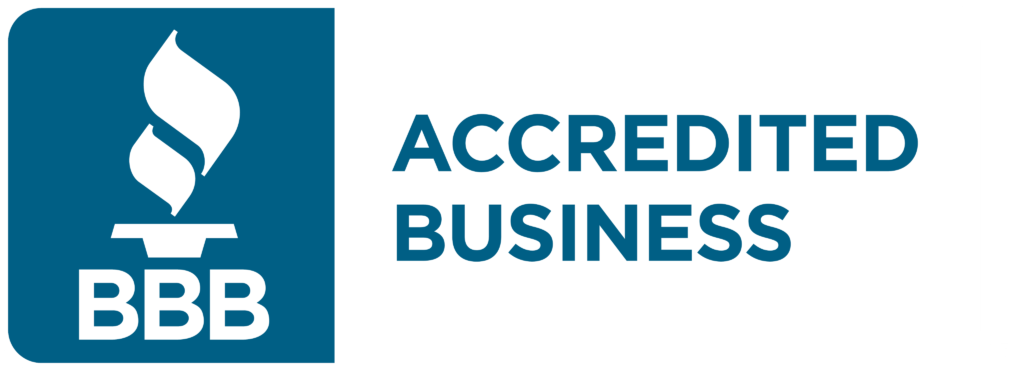
Building Your Investment Portfolio
An investment portfolio refers to a collection of investments held by an individual or entity. The purpose of an investment portfolio is to diversify risk, achieve specific financial goals, and potentially grow wealth over time. Here are the key components and considerations for building an investment portfolio:
- Risk Tolerance and Investment Goals: Before constructing an investment portfolio, it’s essential to assess your risk tolerance and establish clear investment goals. Risk tolerance refers to your ability and willingness to withstand fluctuations in the value of your investments. Your investment goals may include objectives such as retirement planning, wealth accumulation, funding education, or purchasing a home.
- Asset Allocation: Asset allocation is the process of dividing your investment portfolio among different asset classes, such as stocks, bonds, cash equivalents, and alternative investments like real estate or commodities. The optimal asset allocation depends on factors such as your risk tolerance, investment timeframe, and financial goals. Generally, younger investors with a longer time horizon may have a higher allocation to stocks for potential growth, while older investors nearing retirement may prefer a more conservative allocation with a higher proportion of bonds and cash for capital preservation.
- Diversification: Diversification involves spreading your investments across various asset classes, industries, geographic regions, and investment styles to reduce the overall risk of your portfolio. By diversifying, you can mitigate the impact of negative performance in any single investment or sector on your overall portfolio.
- Investment Selection: Once you’ve determined your asset allocation, you can select specific investments to fill each asset class. Common investment options include:
- Stocks: Equity ownership in publicly traded companies.
- Bonds: Debt securities issued by governments, municipalities, or corporations.
- Mutual Funds and Exchange-Traded Funds (ETFs): Pooled investment vehicles that hold a diversified portfolio of securities.
- Real Estate Investment Trusts (REITs): Companies that own, operate, or finance income-generating real estate properties.
- Commodities: Physical goods such as gold, silver, oil, or agricultural products.
- Cash Equivalents: Short-term, low-risk investments such as money market funds or Treasury bills.
- Regular Monitoring and Rebalancing: Investment portfolios should be periodically reviewed to ensure they remain aligned with your investment objectives and risk tolerance. Market fluctuations and changes in your financial situation may necessitate adjustments to your asset allocation through a process called rebalancing.
- Costs and Fees: Consider the costs associated with investing, including management fees, trading commissions, and expense ratios for mutual funds and ETFs. Minimizing costs can help maximize your investment returns over time.
- Tax Efficiency: Be mindful of the tax implications of your investment decisions. Certain investment accounts, such as Individual Retirement Accounts (IRAs) or employer-sponsored retirement plans like 401(k)s, offer tax advantages that can help enhance your after-tax returns.
- Professional Advice: Depending on your level of investment knowledge and comfort, you may choose to manage your portfolio independently or seek guidance from a financial advisor or investment professional. A qualified advisor can provide personalized advice and expertise to help you build and manage a portfolio tailored to your unique financial situation and goals.
Building an investment portfolio is a dynamic and ongoing process that requires careful planning, monitoring, and adjustment over time. By following sound investment principles and staying disciplined, you can work towards achieving your financial objectives and building long-term wealth.

